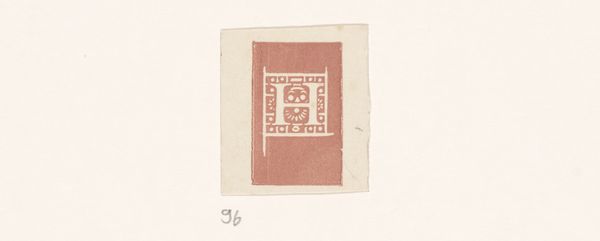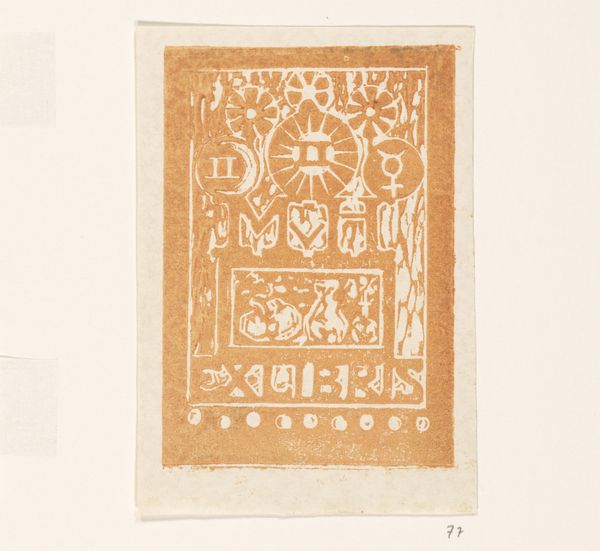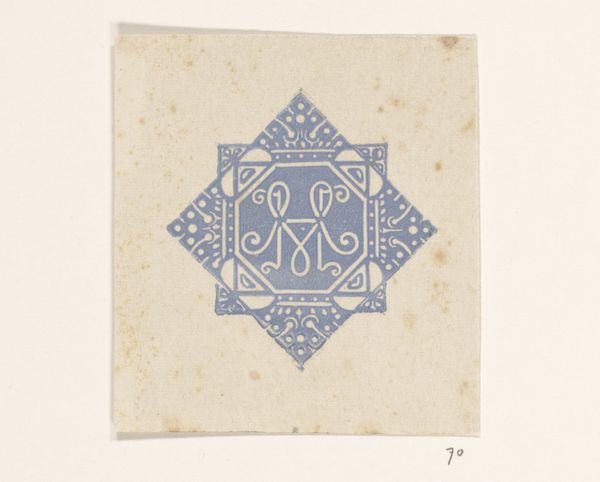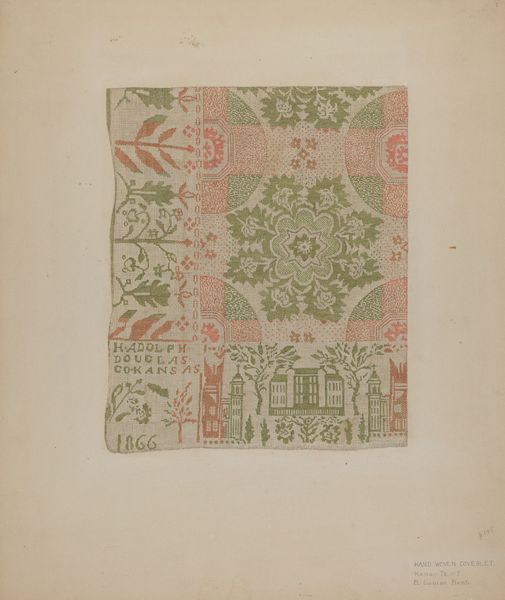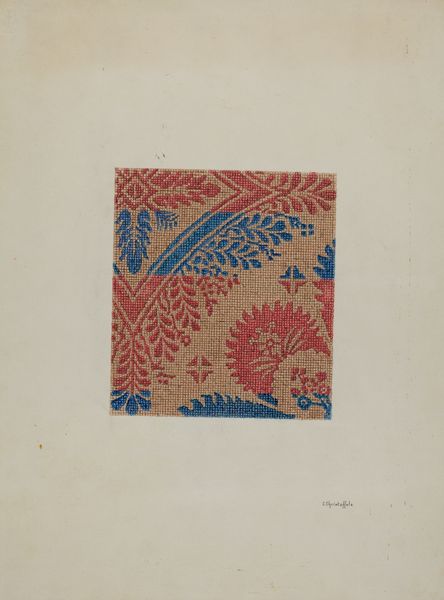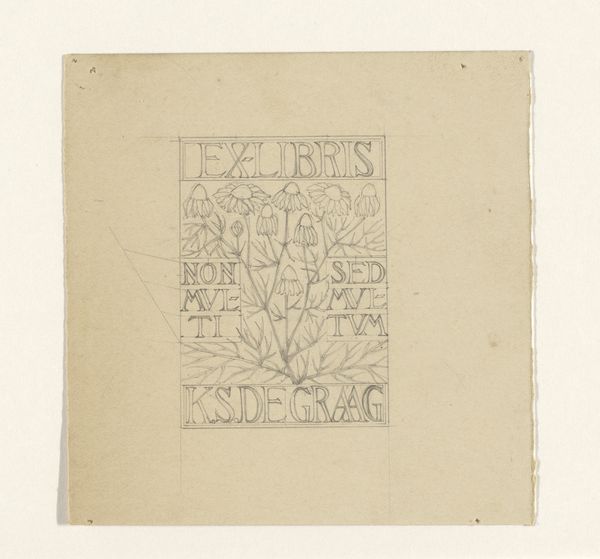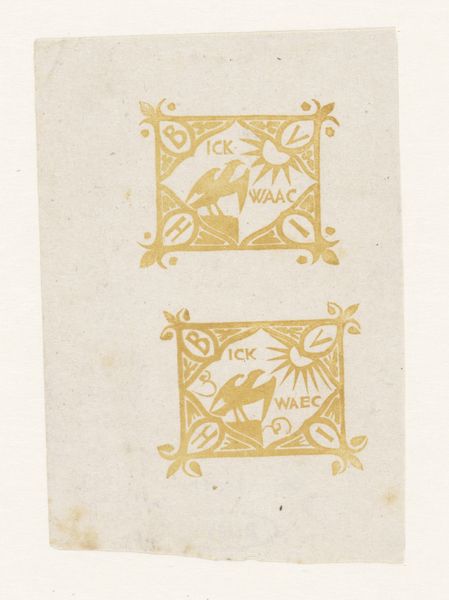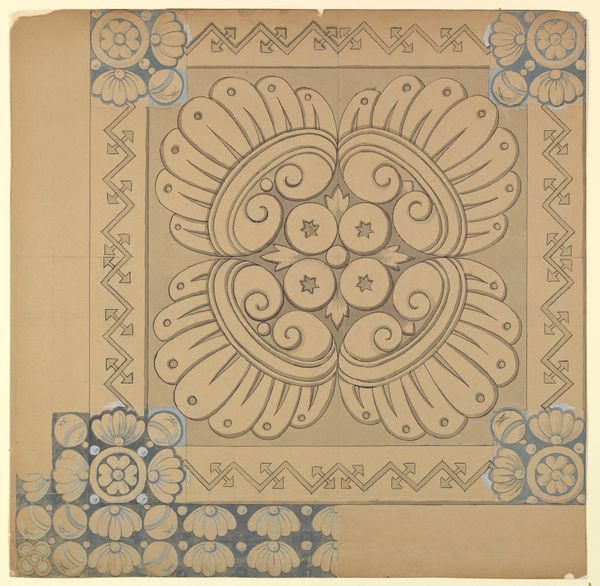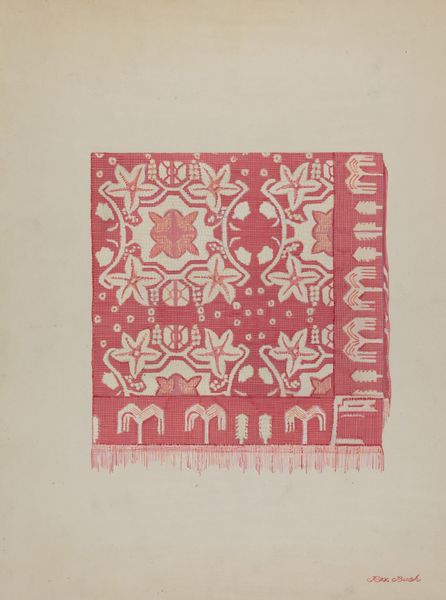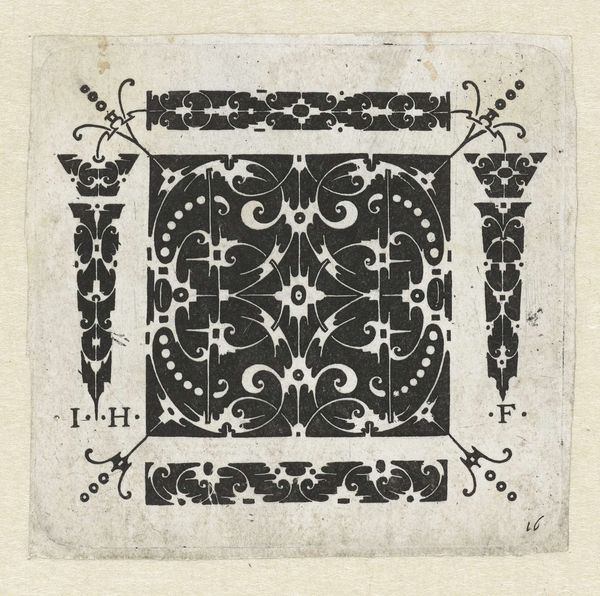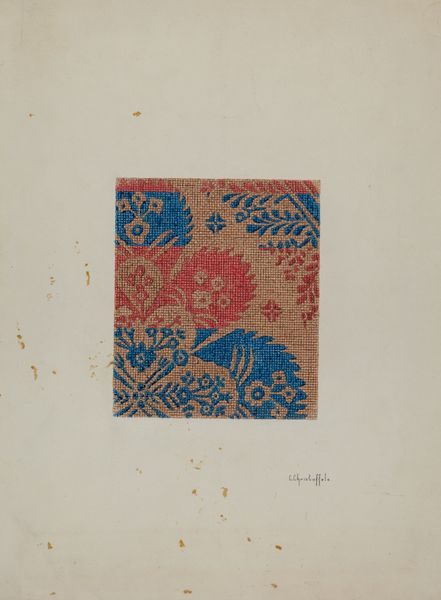
print, woodcut
#
art-nouveau
# print
#
geometric
#
woodcut
#
textile design
#
decorative-art
Dimensions: height 121 mm, width 88 mm
Copyright: Rijks Museum: Open Domain
Curator: This is "Ornamenten," a woodcut print created around 1910 by Bernard Willem Wierink, housed here at the Rijksmuseum. It's an intriguing example of decorative art from that era. Editor: My first thought? A playful tile sampler! The patterns, although geometric, feel strangely organic, like something you'd find on an ancient Roman mosaic, or maybe a particularly hip doily from grandma. There's a comforting familiarity to it. Curator: Exactly! It functions as a study in repeated forms, each tile or corner demonstrating different compositional possibilities. Given the era, the piece speaks to the explosion of Art Nouveau and decorative arts and its integration of craftsmanship with the demands of industrial design and printmaking. Editor: It's funny; knowing it’s a woodcut elevates it, doesn’t it? Thinking of someone painstakingly carving each of those little sunbursts… There’s an intimacy in the imperfections, almost daring you to trace your finger along the lines. What kind of textures are we looking at? Curator: The materials dictate that, for sure. We see a textural dialogue between the dense, compressed wood used to create the matrix for printing, and the relative absorbency of the paper pulling the ink off its surface to achieve that solid, singular, earthy red color. It bridges the handmade with the potential for mass production. One wonders what it was specifically printed for— perhaps an artist proof for textile design? Editor: I can imagine it splashed across some decadent curtains! Knowing it could be mass-produced kind of demystifies it a little but makes you consider its accessibility as something more than mere art. It reminds me of dreaming up all these patterns as a child, how the humblest drawings are somehow elevated by imagining their potential uses. Curator: Precisely. Wierink's design acts as a link in a wider conversation about the nature of utility, industrial design, and artistic output during that epoch. We are so pleased it's been conserved for us to contemplate here at the Rijksmuseum. Editor: Well, I won't look at tea towels the same way again! It's wild how an understated piece like this can spin us into this whole new understanding. Thank you, ornamentation.
Comments
No comments
Be the first to comment and join the conversation on the ultimate creative platform.
